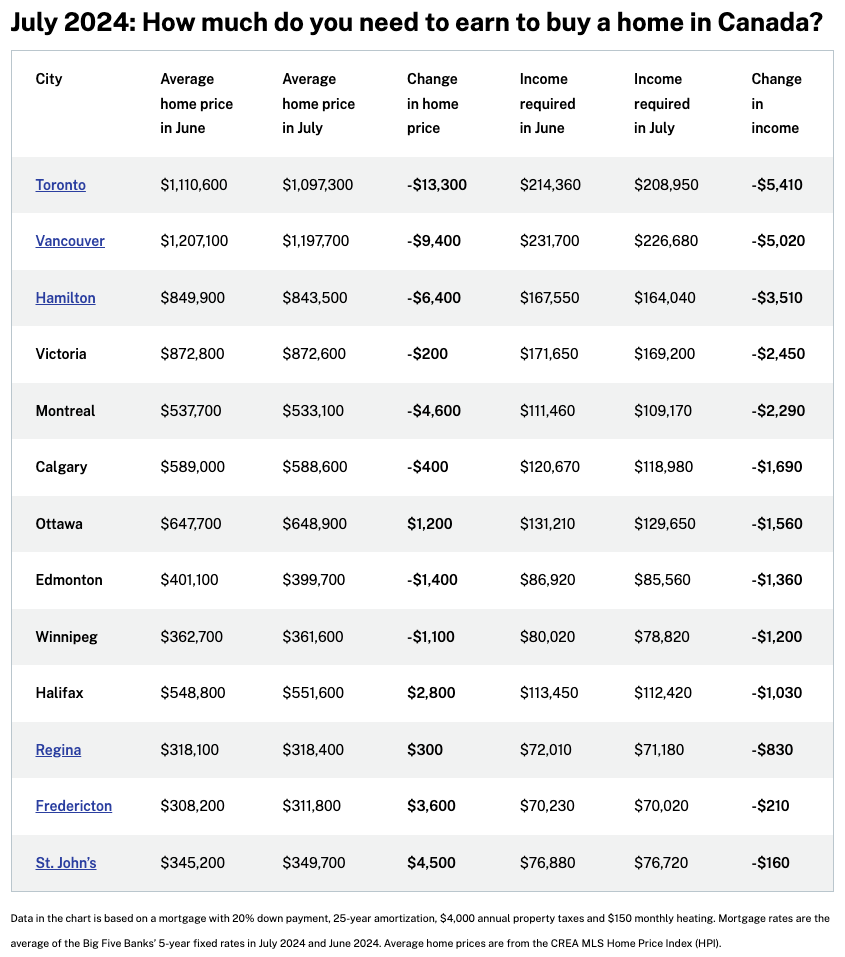Buying a home is exciting, but figuring out how much mortgage you can afford is crucial to avoid financial stress. Many Canadians overestimate their borrowing power, overlooking key factors like debt ratios and monthly housing costs.
Your lender will calculate affordability using the Gross Debt Service (GDS) and Total Debt Service (TDS) ratios, ensuring your mortgage fits your budget. Plus, with recent changes to mortgage rules in Canada, there’s more flexibility for first-time buyers.
This guide explains the essential factors that determine your mortgage affordability and provides practical tips to help you make a confident, informed decision.
What is Mortgage Affordability?
Before you start house hunting, you must first ask yourself – how much mortgage can I afford in Canada? Mortgage affordability refers to the maximum mortgage amount you can comfortably borrow based on your income, existing debts, and down payment.
It’s all about figuring out how much home you can actually afford without stretching your finances too thin. This means looking beyond the price of the house and considering your monthly payments, including mortgage principal and interest, property taxes, and heating costs.
Why is Affordability So Important?
Getting this calculation right is key to avoiding becoming “house poor.” When too much of your income goes toward housing, it leaves little room for other essentials—like groceries, utilities, or even entertainment. Overextending yourself on a mortgage can quickly lead to financial stress, impacting your overall quality of life.
Common Misconceptions About Mortgage Affordability
It’s easy to think that your income alone dictates how much mortgage you can afford, but there’s more to it. Lenders look at a range of factors, including:
- Interest rates: Even a small rate change can affect your monthly payments.
- Debt load: Existing debts like credit cards or car loans reduce how much you can borrow.
- Lifestyle expenses: Things like childcare, transportation, and even dining out should be considered when estimating what you can realistically afford.
Understanding all of these factors will help you make a smarter, more sustainable decision about your mortgage.
Key Factors That Determine How Much Mortgage You Can Afford in Canada
Before diving into the home-buying process, it’s essential to understand the key factors that determine how much mortgage you can afford in Canada. Lenders don’t just look at your income—they assess various elements like your down payment, debt, and credit score to decide your borrowing limits.
Here’s a breakdown of the most important factors that will impact your mortgage affordability.
Income
Your gross income—before taxes and deductions—is the cornerstone of determining how much mortgage you can afford in Canada. This includes your salary, bonuses, and any other sources of income. Lenders will calculate how much they’re willing to lend based on this figure.
A common rule lenders use is the income multiplier, which allows homeowners to borrow around 4 to 5 times their annual income. For example, if you earn $100,000 a year, you can typically borrow between $400,000 and $500,000.
Example Computation:
If your household earns $80,000 annually and the lender applies a 4.5x multiplier, you could qualify for a mortgage of $360,000. However, keep in mind that this is just one piece of the affordability puzzle, as other factors like debt and down payment also come into play.

Down Payment
What is the Minimum Down Payment in Canada?
Canada’s mortgage rules require a minimum down payment based on the home’s purchase price:
- 5% for homes priced $500,000 or less
- 10% for the portion of a home’s price between $500,001 and $999,999
- Homes priced over $1,000,000 require a 20% down payment
According to Ratehub.ca, the maximum affordability formula is:
Maximum Affordability = Downpayment / 5%
If your down payment is set at $15,000, the highest home price you can afford is $300,000.
$15,000 / 5% = $300,000
If your down payment increases to $30,000, your maximum affordability rises to $550,000. You can also check it out using this maximum mortgage affordability calculator.
So how does this affect mortgage affordability?
A larger down payment lowers the mortgage amount you need, which can help reduce monthly payments and interest over time. If your down payment is less than 20%, you’ll need mortgage default insurance (such as CMHC insurance), which adds to your costs.
Expert Tip: Leverage programs like the First-Time Home Buyers Incentive to increase your down payment and reduce your overall mortgage burden.
3. Debt-to-Income Ratio (DTI)
Gross Debt Service (GDS) and Total Debt Service (TDS):
Lenders in Canada use two important ratios to determine how much you can afford:
- GDS Ratio: Your housing costs (including mortgage payments, property taxes, and heating) should not exceed 32% of your gross monthly income, with a maximum limit of 39%.
- TDS Ratio: Your total monthly debt load—including credit cards, car payments, and loans—shouldn’t exceed 40% to 44% of your gross income.
How It Works:
Let’s say your gross income is $6,000 per month:
- Your GDS limit would be $1,920 (32% of $6,000).
- Your TDS limit could be up to $2,400 (40% of $6,000), which includes all debt obligations.
These ratios ensure that you can comfortably handle both your mortgage and other debts without stretching your budget too thin.
Credit Score
A high credit score boosts your chances of securing better mortgage rates, which can dramatically impact how much mortgage you can afford. Lenders offer lower interest rates to those with higher credit scores, directly increasing your affordability.
In Canada, credit scores range from 300 to 900, with a score of 680 or higher being ideal for qualifying for the best mortgage rates. A higher score can translate into lower monthly payments and greater savings over time.
To improve your credit score, try:
- Paying off small debts quickly.
- Avoiding late or missed payments.
- Not applying for new credit in the months leading up to your mortgage application.
Interest Rates
Interest rates have a huge impact on your monthly mortgage payments. A 1% increase in your interest rate could raise your monthly payment by $200 or more on a $400,000 mortgage. Lower rates mean more affordable payments, while higher rates reduce the mortgage amount you can afford.
Fixed vs. Variable Rates:
- Fixed rates remain stable, making it easier to predict your payments over the mortgage term.
- Variable rates fluctuate, offering potential savings if rates fall, but carry more risk if rates rise.
Both options affect your long-term affordability differently, so consider what works best for your financial situation.
Conclusion
To determine how much mortgage you can afford in Canada, you need to consider several key factors, including your income, down payment, debt-to-income ratio, and credit score. Don’t forget the impact of interest rates and the mortgage stress test, which ensures you can handle future rate increases. Getting these calculations right is crucial to avoid stretching your finances too thin.
Wondering how much mortgage you can afford? Contact Cruz Financial Group today for a personalized mortgage affordability assessment to get one step closer to your dream home!





